6 Nights / 7 Days
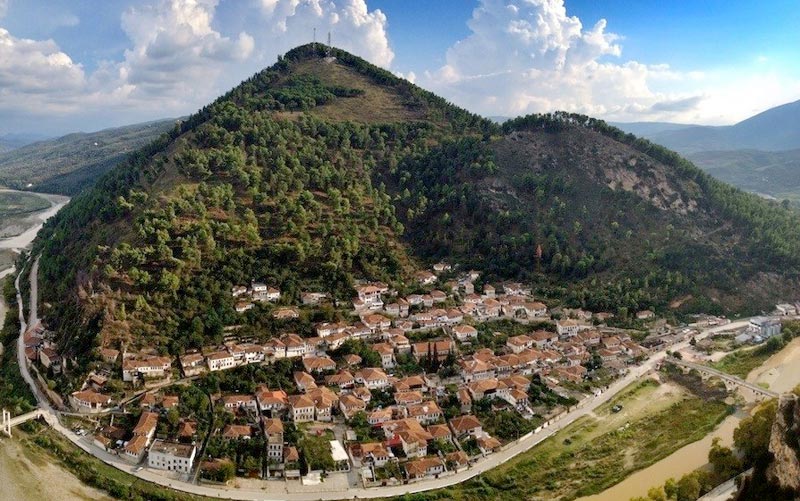
Flight Tickets.
All other meals apart from breakfast.01-0307-03
Pick up at Tirana airport and transfer to Hotel. Tirana, Sulejman Pasha Bargjini, a native feudal lord from Mullet, established the city in 1614. His first constructions were a mosque, a bakery and a hamam (Turkish bath). On February 8, 1920 Tirana was made the temporary capital by the Congress of Lushnje, and it was proclaimed the permanent capital on December 31, 1920.
What to Visit: Clock Tower (Kulla e Sahatit), Scanderbeg Square. Positioned in the city center, this tower has become a symbol of Tirana. It is one of the oldest constructions in Tirana, built in the 1820. Et’hem Bey Mosque, construction of this mosque took about 28 years and finished in 1821. It is considered one of the most beautiful mosques in Albania with very interesting decorations and art-work within it . National Historic Museum, the main museum in Tirana, it is in the center of the city, easily recognizable because of a huge mosaic standing on top of its front facade. It contains many artifacts ranging from ancient times through Hoxha’s regime. Also we will visit ,National Art Gallery, National Archaeological Museum of Albania, Resurrection of Christ Orthodox Cathedral, Saint Paul Catholic Cathedral.
Bunkart, this is a bunker realization of an art gallery, with many corridors full of art works to admire.
Blloku (The Block), among the apartment blocks, one can find some of Tirana’s best cafés, shops, and restaurants. Here is also located the villa of the former dictator, Enver Hoxha. During communism, the area was reserved solely for government officials and was not allowed to be entered by the commoner. It was opened to the public in 1991 and since became the number one spot for Tirana’s youth. At night the area gets full of people especially on weekends when most night clubs are full. From the Block you can go almost anywhere for less than 10-15 minutes. If you need to have a coffee or relax while taking a look at the parade of trendy and elegant people, the block is a perfect place for you. Overnight in Tirana.
After breakfast we drive to Shkodra the most important town of north Albania and the Illyrian capital, in the 3rd century BC.
What to visit: Kalaja/Rozafa Fortress, (2 km southwest of Shkodra, near the southern end of Lake Shkodra). Founded by the Illyrians, rebuilt by the Venetians and the Ottomans. Rozafa is a woman buried in the ramparts, who supports the structure. Visit the renovated museum. Bring a torch and go exploring. There are amazing views from the highest point. Shkodra Historical Museum, the Museum is situated at a traditional Shkodra House featuring valuable artifacts on every sphere of social life in the area. Also we will visit ,Ebu Beker Mosque ,Shkodër Cathedral, Shkodër Orthodox Cathedral ,Mesi Bridge, an Ottoman styled bridge and the nearby Drishti Castle ,Museum of Memory.
After we will proceed to Kruja - the centre of Albanian resistance against the Turks under our national hero Scanderbeg. He kept them from crossing into Western Europe for 25 years, thus earning the title Protector of Christianity given by the Pope.
What to visit: Scanderbeg Museum ,Kruja Ethnographic Museum , located next to the castle in an old ottoman house full of furniture and artifacts, Old Bazaar. Return to Tirana for a gourmet dinner. Overnight in Tirana.
After breakfast, depart for Vlora. What to visit: On the way we stop at the Monastery of Ardenica, supposed to have been built in the middle ages, as argued by a stone in entrance dating back to the 1417. However the first building belongs to the beginning of XVIII century. Today inside the church you can admire icon paintings of 1743-1745, by Albanian artists such as Konstandin and Athanos Zografi, as well as Konstandin Shpataraku.
Proceed to the ancient city of Apollonia situated on the famous Via Egnatia - one of the most important cities in Roman times. The Roman Emperor Augustus Octavian studied here. Afterwards we continue to Vlora where we visit the Independence Museum, situated in the original house where the first Independent Albanian Government had its offices. Afternoon & evening at leisure. Overnight in Vlora.
After an early breakfast we depart for Saranda. What to visit: Drive on the spectacular Albanian Riviera looking down at the Ionian Sea. Breathtaking sceneries await us at the Llogara pass - 1000 m above sea level. We continue on to Saranda, make a short stop at the Lekuresi Fortress in Saranda with beautiful views of the bay of Saranda and the Island of Corfu. The village of Ksamili it has a beautiful beach with several small islands you could swim to. Ksamili is now heavily developed, with a large number of part-completed properties.
Then we proceed visit the ancient city of Butrint. Just outside of Ksamili, lies Butrint, a UNESCO World Heritage site. Butrint was an ancient city throughout Greek, Roman, bishopric and Byzantine periods. The city was finally abandoned during the Middle Ages perhaps due to the marsh surrounding and subsequent malaria epidemic.
Despite being one of the greatest classical cities of the Mediterranean, Butrint remains largely unknown. The current archaeological site includes an impressive Roman amphitheater, a Byzantine Basilica (the largest in the world after Hagia Sophia in Istanbul), a Roman temple with mosaic floor, a beautifully carved lion’s gate as well numerous constructions built throughout the periods. Furthermore, what you see is just 15 per cent of what lies beneath. As of summer of 2005, there is an international archaeological team performing excavations at Butrint which can be observed inside the park. The city was first settled by Greek colonists and was continuously inhabited for centuries forming archaeological layers of passing civilizations. It is situated in a beautiful peninsula among dense vegetation. Back to Sarande .Overnight in Sarande.
After early breakfast we drive to Berat. Stop in Gjirokastra a UNESCO site and museum town with beautiful and very distinct architecture, also called ,The Stone Town.
What to visit: Gjirokastra Castle ,the Castle is billed as the second largest in all the Balkans, and is worth a look. The Armaments Museum is located in the castle and contains a collection of mostly post-War era weapons, photographs and artwork: the main gallery, with its eerily lit corridor, contains two columns of large German and Italian field guns, remnants of WWII. The Castle also contains two Bektashi tekes, the stage for the internationally-renowned. Gjirokaster National Folk Festival, a prison (now part of the Armaments Museum and available with an extra charge) and numerous chambers, some in ruins, open to exploration. A second museum gallery, the Zenebishi Gallery, features occasional free art exhibits. Underneath the castle is the recently discovered underground bunker built in the Cold War. Ethnographic Museum ,Enver Hoxha’s house, it is a well-restored Ottoman house which displays clothing, kitchenware, tools and other cultural artifacts.
Old Bazaar and Historic Ottoman Homes The old bazaar is still the social and commercial center of the Old Town of Gjirokaster. Though the newer sections of the city have attracted many businesses and people, the bazaar and its surrounding homes dating from the 18th, 19th and early 20th centuries still manages to capture a bit of the bygone era of Gjirokastrite life. Several of the houses are at various levels of restoration and are open to the public. Traditional houses include Cabej House, Kadare House, Topulli House, and Skenduli House. The Bazaar itself has recently undergone a cleaning and exterior restoration as part of the government’s revitalization plan.
Zekate House, located in the historic Palorto quarter of the city, is the most visited of Gjirokastër’s monumental stone houses. Saint Sotira Church, located in the Old Bazaar quarter, this is a well preserved 18th century Orthodox Church. Gjirokaster Mosque, located in Old Bazaar, this mosque is a true testimony of the communist religious ban in Albania. After the visit we suggest the group should stop for lunch close to Tepelena,(optional) among beautiful scenery, on the way to Berat. We check in at the hotel and the group is then left at leisure to explore Berat. Overnight in Berat in houses turned boutique hotels of the same standard. Mangalemi, Muzaka, Osumi. A unique experience staying in houses up to 300 years old.
Overnight in Berat.
Berat .In 2008 it was designated as a UNESCO World Heritage Site as it is a rare example of a well-preserved Ottoman town. It is one of the country’s most beautiful towns, and is known as the town of a thousand windows.
What to visit: The Kala, a castle mostly built in the 13th century, but with origins going back to the 4th century BC. A very beautiful place with great views of the surrounding area. Getting to the Kala requires a steep walk up a cobbled path. The citadel is still inhabited, with many churches. Onufri Iconography Museum located within the Kala at the site of a Dormition Cathedral, features the vivid iconography works of the famous 16th century painter Onufri and others. The museum hold other artifacts gathered form nearby churches and others around Albania. Berat Ethnographic Museum located in the grounds of a traditional house, on the way up to the castle. It features traditional local furniture and house utensils.
Also in Berati you can visit, old town areas - Mangalem north of the river, and Gorica south of the river ,Numerous Byzantine Churches, dating from the 13th century ,Several Mosques from the Ottoman era (starting from 1417). After this interesting experience we depart for Durres one of the oldest (founded in 627 B.C.) and most important cities in Albania where we have lunch (optional).
What to Visit: Durres Amphitheater, the biggest in the Balkans it also features renovated iconography works. Durres Ancient City Wall and Medieval Hammam are located inside and around the wall, Venetian Tower (Rotonda) is a circular tower at the city center built in the 16th century with a restaurant on top ,Archaeological Museum featuring archaeological artifacts found in and around the area. Overnight in Durres.
After breakfast, free to explore until time of transfer to Airport. End of our services.
| No of pax | Age Limit | Price per pax (Rs) |
|---|---|---|
| Adult | Above 12 years | $ 800 / Adult |
ALBANIA EXPRESS TRAVEL is a travel agency and DMC tour operator with great experience in arranging group tours, individual tours, accommodation, transport, experienced guides in different languages, events and meeting, Trekking, hiking and walking tours, holidays to Albania and its neighboring countries such as Montenegro, Macedonia, Kosovo, Croatia, Serbia and Bosnia and Herzegovina.
Our guiding philosophy is to listen carefully to what you like to do with your precious free time and learn about your likes (and dislikes) whilst on holiday and travel. We then use our first hand knowledge and experience to plan a trip that is completely tailored to your individual needs and budget, whilst delivering unrivaled personal service and absolute attention to detail at all times.
Known for our pioneering spirit, all members of our team have either lived or traveled extensively in the areas we feature; and we only work with the very best hotels in the very best locations in Albania and the very best local representatives on the ground.
So whether you’re after an unforgettable holiday, fun-packed family or a trip of a lifetime with friends, we can support you throughout your journey – from your very first call to touch down at the end of your trip.
Albania Express Travel is committed to safe and responsible travel. Read More...
68,800 PP

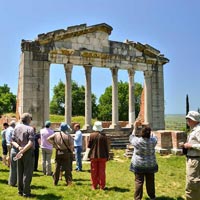 14D/13N
14D/13N
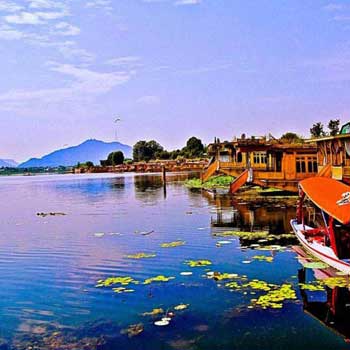 7D/6N
7D/6N
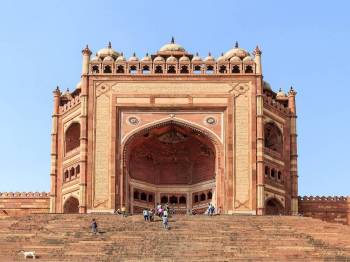 7D/6N
7D/6N
Amritsar Chandigarh Delhi Agra Family Pa..
New Delhi - Agra - Vrindavan - Mathura - Amritsar
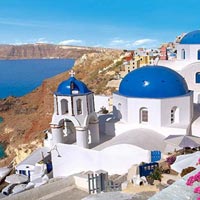 7D/6N
7D/6N
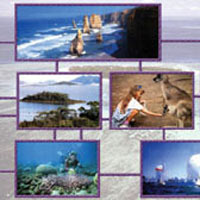 7D/6N
7D/6N
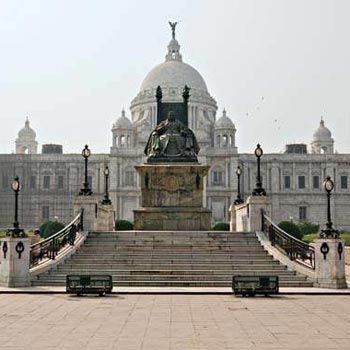 7D/6N
7D/6N
Golden Triangle - East India Tour
Kolkata - Puri - Imphal - Agartala - Dimapur
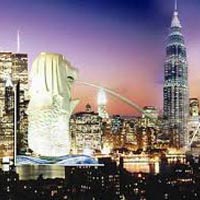 7D/6N
7D/6N
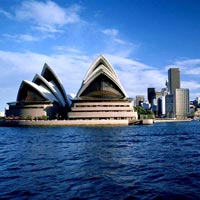 7D/6N
7D/6N
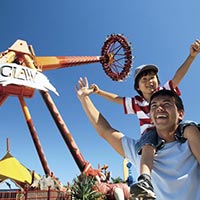 7D/6N
7D/6N
 7D/6N
7D/6N
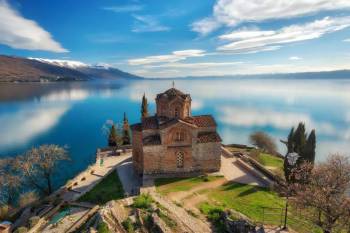 9D/8N
9D/8N
Tour Albania - Kosovo - North Macedonia
Kruje - Shkoder - Skopje - Tetovo - Ohrid - Berat - Durres - Pristina
 14D/13N
14D/13N
 12D/11N
12D/11N
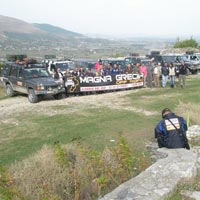 8D/7N
8D/7N
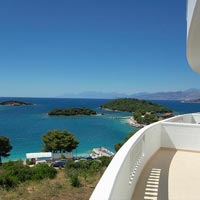 10D/9N
10D/9N
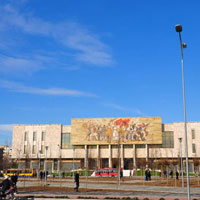 9D/8N
9D/8N
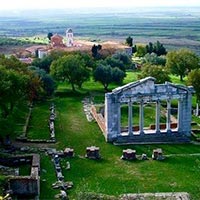 6D/5N
6D/5N
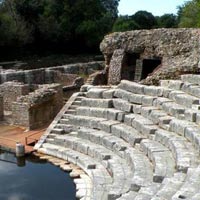 9D/8N
9D/8N
Elbasan - Shkoder - Fier - Tirane - Durrës - Vlorë - Himara
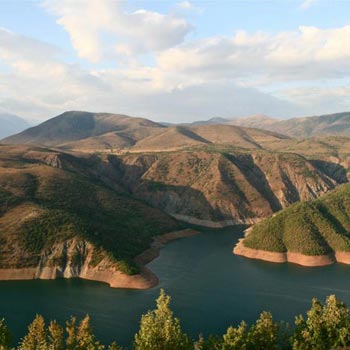 9D/8N
9D/8N